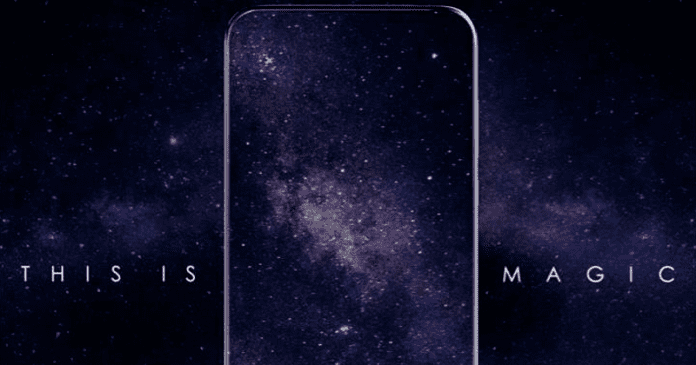These ideas are actually interrelated. The first is to have a screen without frames, something that actually has these other two consequences: get rid of the notch and hide the front and back camera with a system that can be activated with our hand, not with any device motor.
True Bezel-Less Smartphone With A Slider
Actually, that is the fundamental difference in a concept that we have already seen in the Oppo Find X and the Vivo NEX. Both devices have fronts in which the use of the screen is especially remarkable (93.8% and 91.24% respectively), and to follow this trend Huawei also wants to guide its new Honor Magic 2 to that goal.
After the new Honor Play, a smartphone which is oriented to gaming that had already been presented in June, the new Honor Magic 2 stole the spotlight even though this manufacturer gave only technical data of the device. Of course, it will be the first device to integrate a Kirin 980 processor manufactured with 7nm technology, and they also indicated that this mobile will have a “super fast” charging system that will support powers of 40W. In this device, both the cameras and the upper loudspeaker for the calls are integrated into a mechanism that is deployed with a user action: it is not a motorized system like the Oppo Find X or the Vivo NEX, and it is one of the clearest differences of this device with those alternatives. It will still take two or three months to get to know it up close, but the Magic 2 certainly raises again that future in which the phones will take advantage of the entire screen and thus have to engineer solutions to hide the front camera and, perhaps, the back with mechanisms like the one mentioned. In the teaser trailer of the Honor Magic 2 that was shown during the presentation, there was another interesting detail: the presence of a voice assistant that they referred to as “Yoyo“.
Sacrifices of the future
The question posed by these devices, of course, is whether users will end up accepting that to take a selfie (and maybe a photo with the rear camera) you have to activate those systems manually or in a motorized way that these cameras deploy. In fact, that is one of the main questions that arise when talking about smartphones that sacrifice the immediacy and availability of the cameras to get a position in the screen area. That favors the visual experience and it is also an advance in design, but for that, we must sacrifice those components that now the manufacturers must hide. This also affects other practical elements such as the fingerprint sensor, which most manufacturers have relegated to the back of those designs almost without frames. Some have begun to offer facial recognition as an alternative, but that option does not seem practical when we have before us a mobile whose front camera is hidden in a native way. In this section, the fingerprint sensors under the screen, such as Vivo NEX, may be the solution. Time will tell how manufacturers face these trends, and in fact, it will be in 2019 when we will probably see what ideas ended up curdling and which did not. So, what do you think about this? Simply share all your views and thoughts in the comment section below.
Δ


